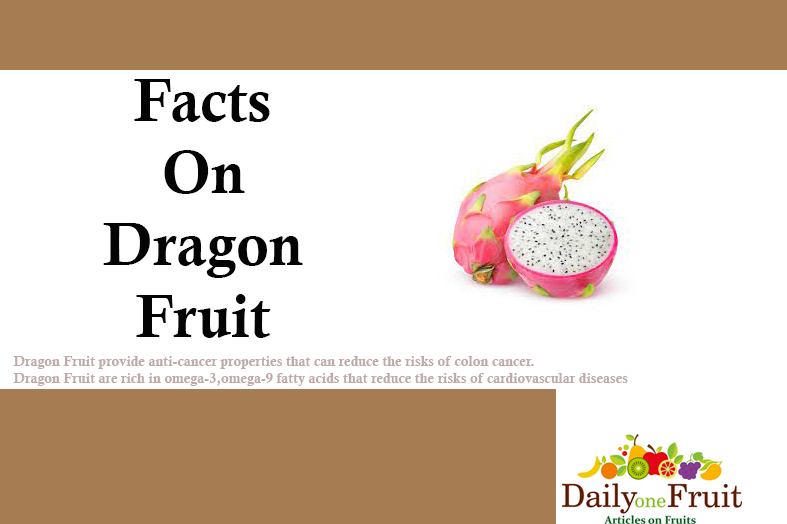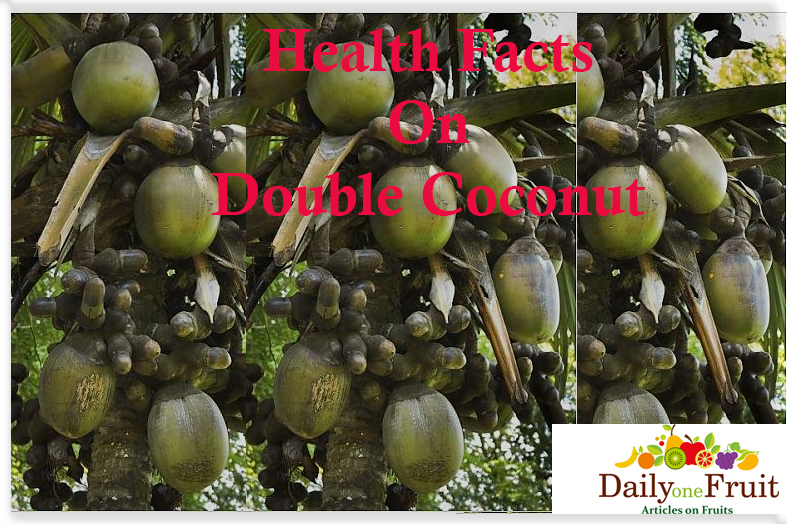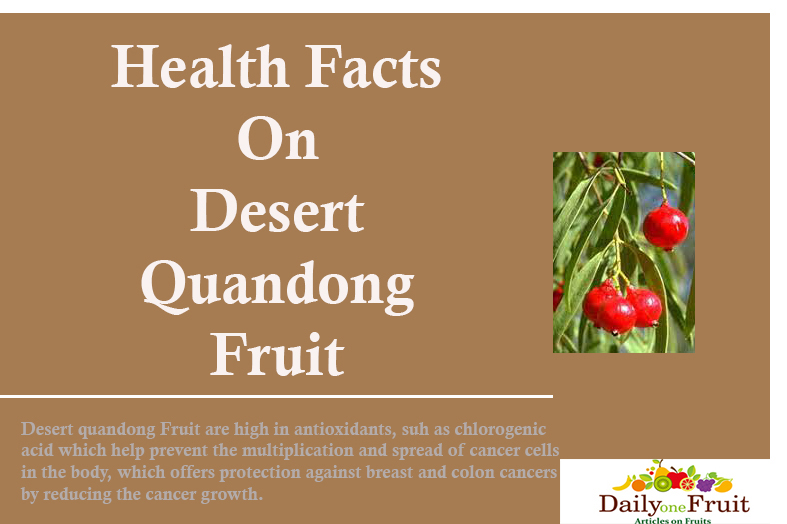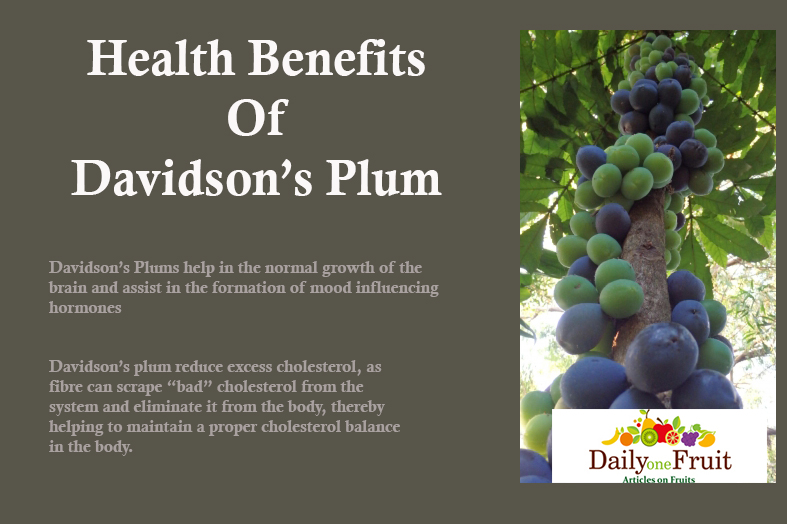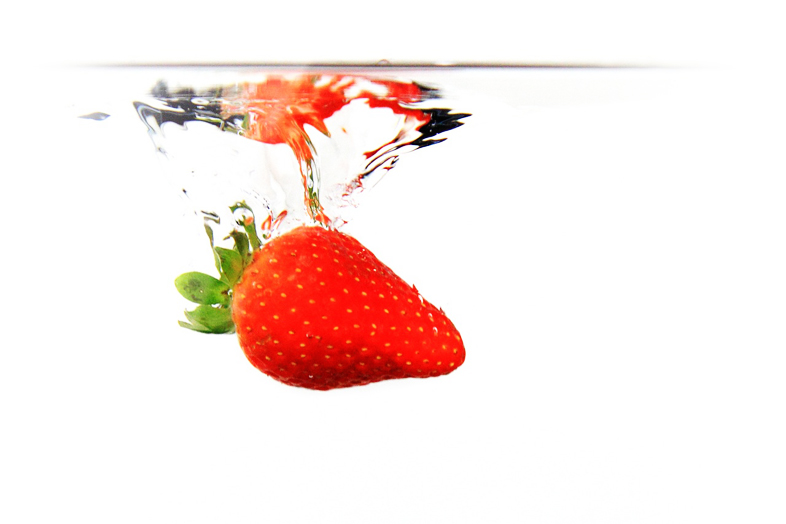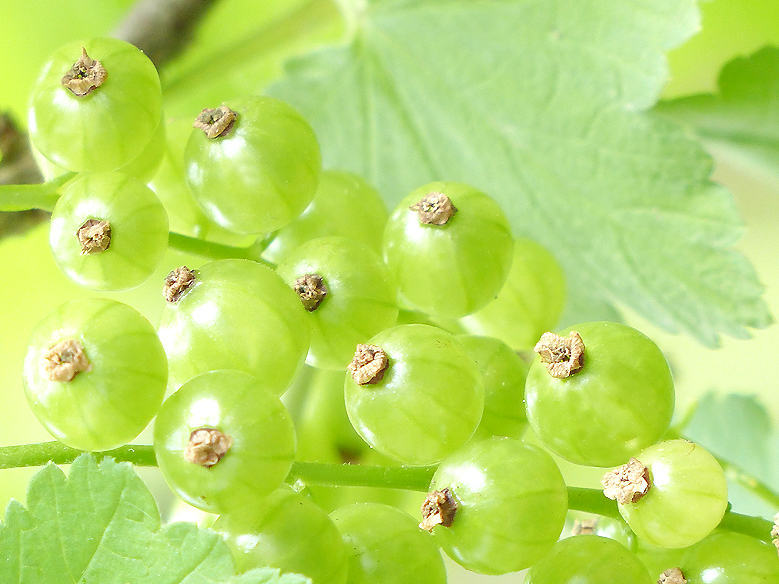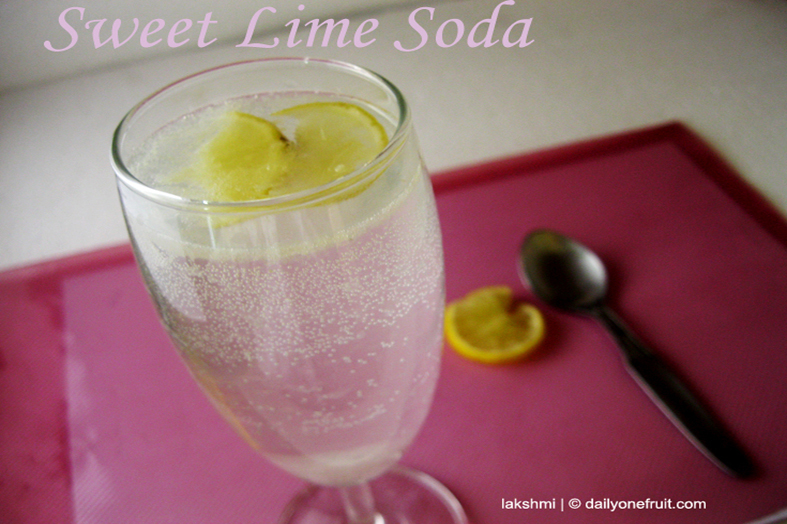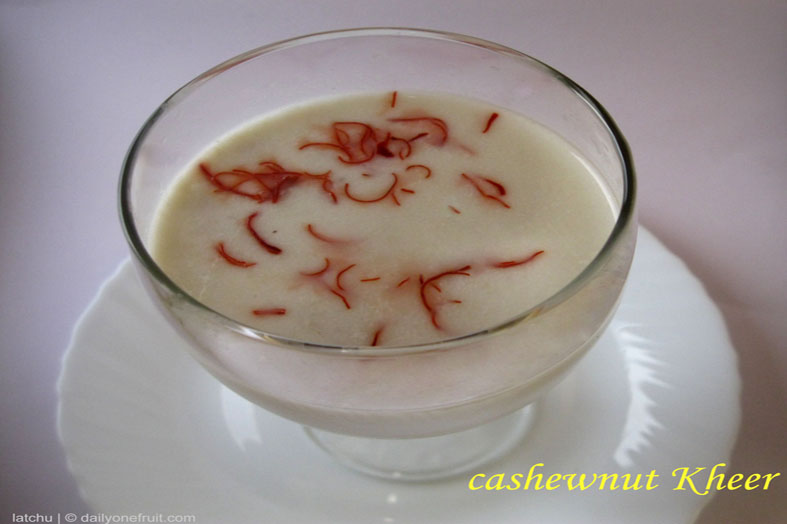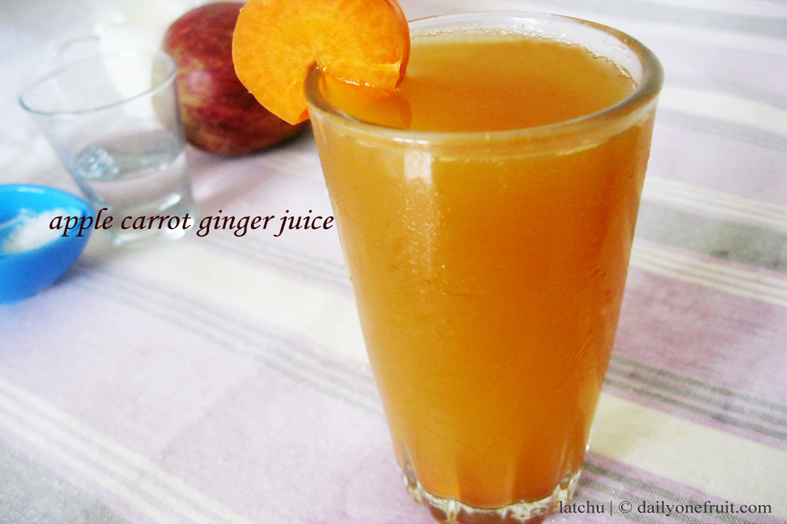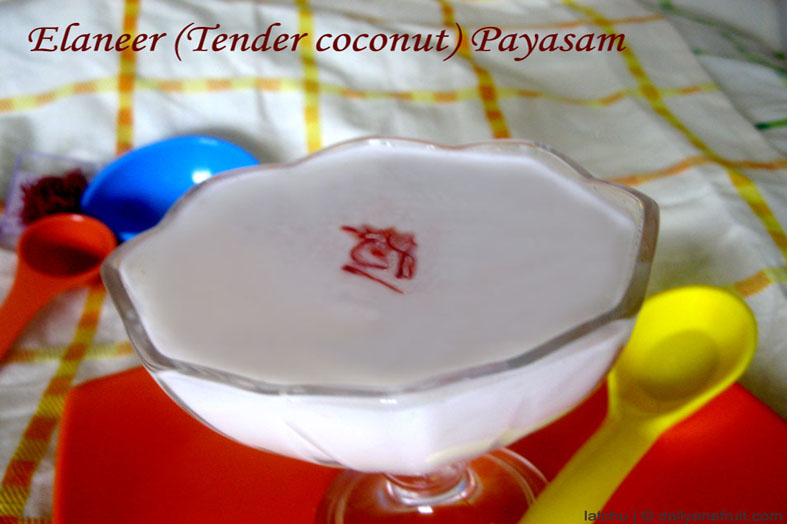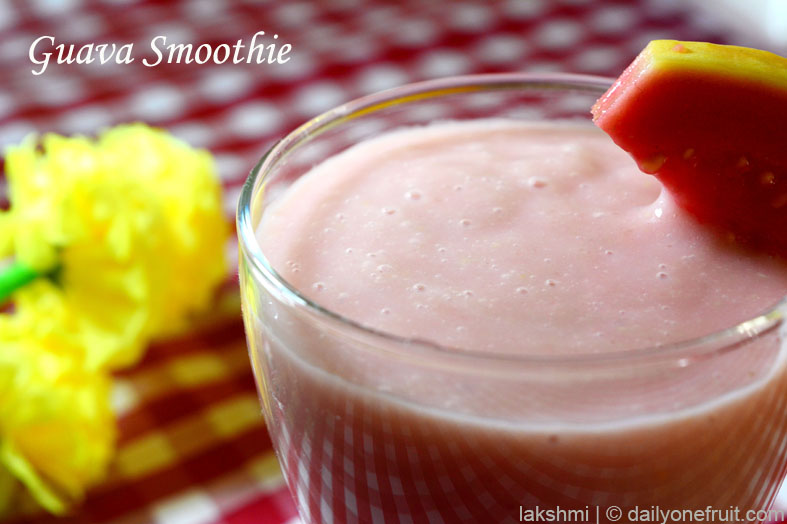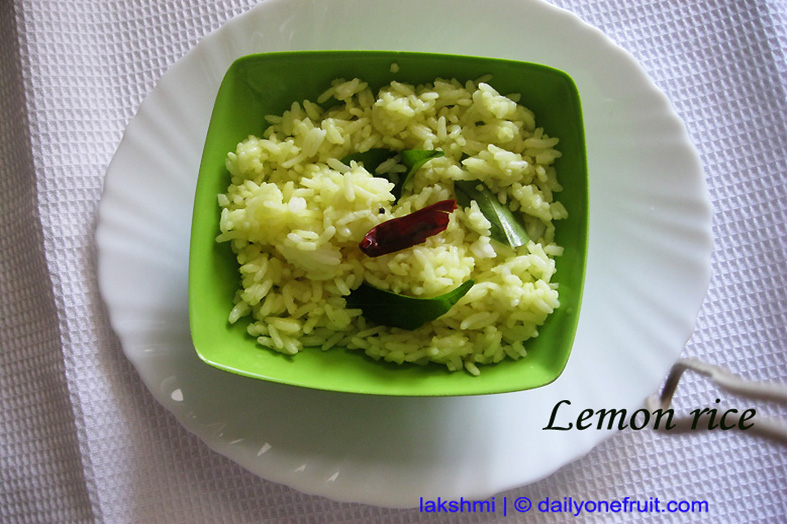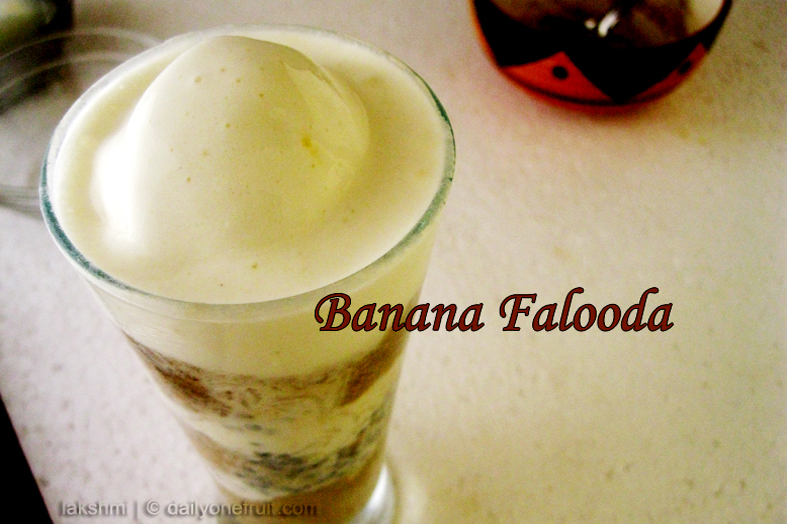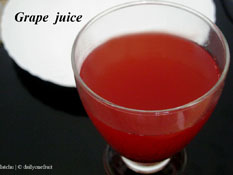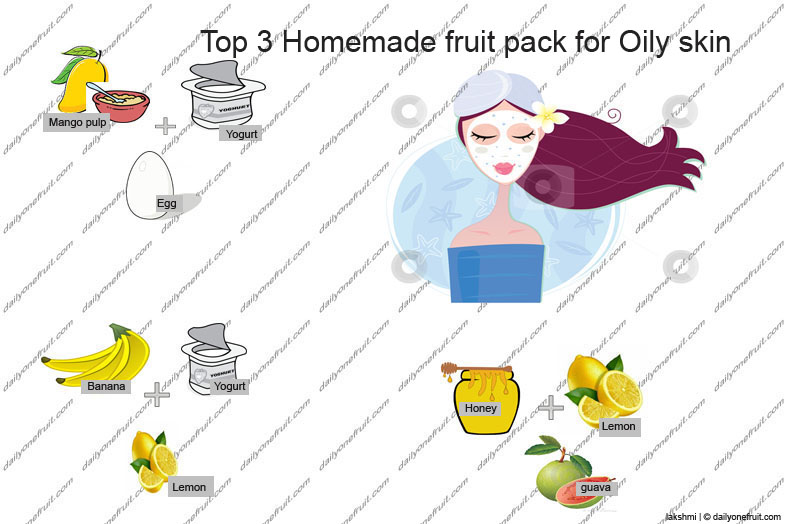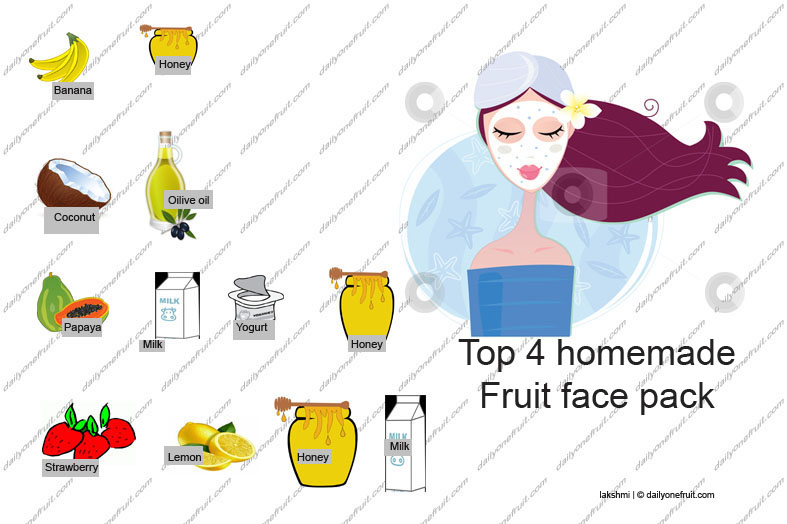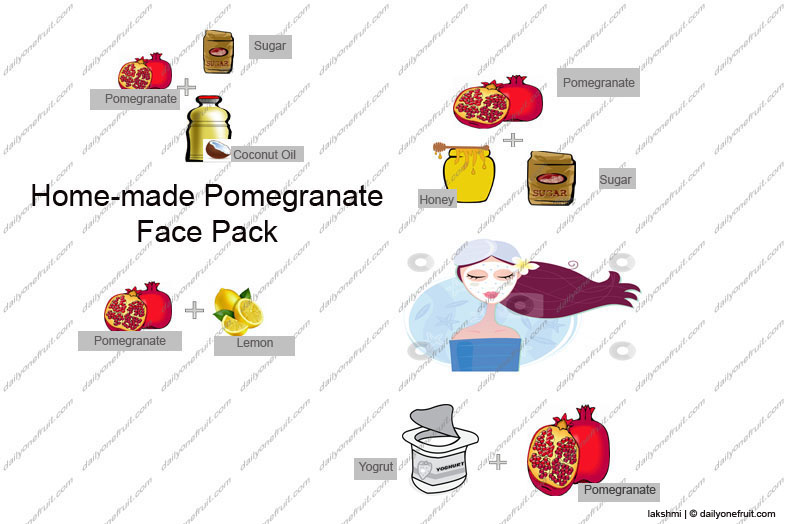
Health Facts on Elderberry
Elderberry is scientifically called as Sambucus nigra .
ORIGIN OF ELDERBERRY
Sambucus is a genus of flowering plants in the family Adoxaceae. The various species are commonly called elder or elderberry.
The genus was formerly placed in the honeysuckle family, Caprifoliaceae, but was reclassified as Adoxaceae due to genetic and morphological comparisons to plants in the genus Adoxa.
OTHER NAMES OF ELDERBERRY
Elderberry, elder, European elder, black elder, common elder, elder bush, pipe tree, bore tree, Medicine Chest of the People .
APPEARANCE OF ELDERBERRY
Elderberries are small in size, averaging less than one centimeter in diameter, and have a round, ovate, to oval appearance with somewhat uniform, curved edges.
The berry’s skin is smooth, taut, and delicate, showcasing purple-blue, blue, to dark purple, almost black hues.
TASTES OF ELDERBERRY
When the berries are unripe, they appear in shades of green and darken to purple-blue hues, often developing a powdery blue-grey bloom with maturity.
Underneath the surface, the flesh is semi-firm, moderately juicy, and tender.
Elderberries are toxic when unripe and mature berries should never be consumed unless cooked.
Elderberries aren’t very sweet and have a tart, earthy flavour. They tend to pair well with sweeter fruits like peaches, plums or figs. Their flavour also works with oranges, lemons and honey.
VARIETIES OF ELDERBERRY
In addition to black elderberry, there are several other varieties available as well. Some of the most common include:
• Black lace elderberry
• Red elderberry
• Adams elderberry
• Lemon lace elderberry
• Black beauty elderberry
• Blue elderberry
• York elderberry
NUTRITIONAL CONTENTS OF ELDERBERRY
Per 100 g (3.5 oz)
• Energy: 305 kJ (73 kcal)
• Carbohydrates: 18.4 g
• Dietary fibre: 7 g
• Fat: 0.5 g
• Proteins: 0.66 g
• Vitamin A equiv: 30 μg
• Thiamine (B1): 0.07 mg
• Riboflavin (B2): 0.06 mg
• Niacin (B3): 0.5 mg
• Pantothenic acid (B5): 0.14 mg
• Vitamin B6: 0.23 mg
• Folate (B9): 6 μg
• Vitamin C: 36 mg
• Calcium: 38 mg
• Iron: 1.6 mg
• Magnesium: 5 mg
• Phosphorus: 39 mg
• Potassium: 280 mg
• Zinc: 0.11 mg
• Water: 79.80 g
Health Facts on Elderberry
Maintains Heart Health
Elderberries contains various vitamins, minerals, micronutrients, and phytochemicals that essential for our heart health. Elderberries is an excellent source of anthocyanins that protect against heart disease.
Boosts Brain Health
Elderberries are good food for mental health because of anthocyanins. They are mainly beneficial in slowing down the progression of Alzheimer’s.
Enhances Skin: Elderberries contains vitamin C, E, and other powerful antioxidants. Vitamin E helps in maintaining skin fat health and prevents wrinkles on the skin. vitamin C present in Elderberries, as well as collagen structure is responsible for formation and strengthening.
Lowers Blood Pressure: Elderberries lowers uric acid levels in the blood, also relax the endothelial lining in blood vessels, which helps modulate blood pressure.
Fortifies Bone Health: Elderberries are rich in calcium and vitamin K that helps your bone to be stronger and fight against osteoporosis. Elderberries also has a good dose of Ellagic acid that restores and rejuvenates bone because of its anti-inflammatory abilities.
Prevents Cancer: Elderberries are rich in antioxidants-anthocyanin helps in neutralizing free radicals that damage DNA that may lead to cancer.
Decreases Cholesterol: Elderberries reduce low-density lipoprotein (LDL) cholesterol secretion process by about 50 percent. Anthocyanins in Elderberries show a significant decrease in the hardening of arteries and heart diseases.
Healthy Pregnancy Management: Elderberries are rich in folic acids and other nutrients essential during pregnancy. Rich amounts of calcium, iron, magnesium, and phosphorus in Elderberries result in the healthy bones of a pregnant woman.
Uplifts Immune System: Elderberries helps improve the body’s immune system .Due to the presence of phytoestrogens, vitamins C and minerals in Elderberries helps fight various germs and protects the body from infections and other deadly diseases.
Combats Diabetics: Elderberries are high in potassium and magnesium that manages the blood sugar spikes and slow down the digestion time, resulting in the slow release of blood glucose.
Improves Digestion: Elderberries is the source of both insoluble and soluble fibre sinusitis that is unnecessary for the optimum functioning of the digestive system. Insoluble fibre in berries helps in regular bowel movements, relief from constipation, and proper digestive health.


